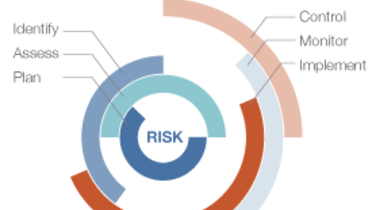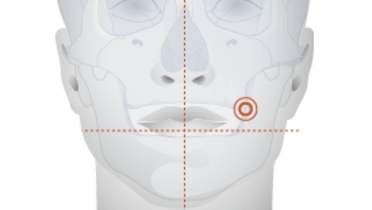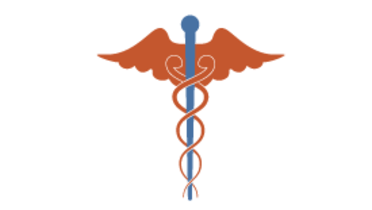-
0
Patient Assessment
- 0.1 Patient demand
- 0.2 Overarching considerations
- 0.3 Local history
- 0.4 Anatomical location
- 0.5 General patient history
-
0.6
Risk assessment & special high risk categories
- 5.1 Risk assessment & special high risk categories
- 5.2 age
- 5.3 Compliance
- 5.4 Smoking
- 5.5 Drug abuse
- 5.6 Recreational drugs and alcohol abuse
- 5.7 Parafunctions
- 5.8 Diabetes
- 5.9 Osteoporosis
- 5.10 Coagulation disorders and anticoagulant therapy
- 5.11 Steroids
- 5.12 Bisphosphonates
- 5.13 BRONJ / ARONJ
- 5.14 Radiotherapy
- 5.15 Risk factors
-
1
Diagnostics
-
1.1
Clinical Assessment
- 0.1 Lip line
- 0.2 Mouth opening
- 0.3 Vertical dimension
- 0.4 Maxillo-mandibular relationship
- 0.5 TMD
- 0.6 Existing prosthesis
- 0.7 Muco-gingival junction
- 0.8 Hyposalivation and Xerostomia
- 1.2 Clinical findings
-
1.3
Clinical diagnostic assessments
- 2.1 Microbiology
- 2.2 Salivary output
-
1.4
Diagnostic imaging
- 3.1 Imaging overview
- 3.2 Intraoral radiographs
- 3.3 Panoramic
- 3.4 CBCT
- 3.5 CT
- 1.5 Diagnostic prosthodontic guides
-
1.1
Clinical Assessment
-
2
Treatment Options
- 2.1 Mucosally-supported
-
2.2
Implant-retained/supported, general
- 1.1 Prosthodontic options overview
- 1.2 Number of implants maxilla and mandible
- 1.3 Time to function
- 1.4 Submerged or non-submerged
- 1.5 Soft tissue management
- 1.6 Hard tissue management, mandible
- 1.7 Hard tissue management, maxilla
- 1.8 Need for grafting
- 1.9 Healed vs fresh extraction socket
- 1.10 Digital treatment planning protocols
- 2.3 Implant prosthetics - removable
-
2.4
Implant prosthetics - fixed
- 2.5 Comprehensive treatment concepts
-
3
Treatment Procedures
-
3.1
Surgical
-
3.2
Removable prosthetics
-
3.3
Fixed prosthetics
-
3.1
Surgical
- 4 Aftercare
患者の全身的既往歴
Key points
- 患者の全身的な健康状態、薬物治療、過去の手術/治療を確認します。
- 計画済み、または行う可能性のある治療に関する潜在的障害を評価します。
- 疑念がある場合は、一般医師/内科医の助言を求めます。
最初の評価-患者との面談
臨床医は、自分の目の高さを患者のそれと合わせるようにすると効果的です。例えば、患者が座っているのであれば、臨床医も座るべきです。信頼関係を深めることにならないので、臨床医と患者の面談は、歯科用治療椅子で行わない方が良いでしょう。このようにすると、患者の人格、期待、健康状態に関する重要側面をより共有しやすくなります。患者の主訴が後に患者の治療への期待と合致する、という点を確認することが不可欠です。患者との面談に関するすべての手順において、患者のプライバシー保護が必要です。
全身的な健康評価
全身的な健康評価では、以下の生体システムを精査する必要があります。
- 循環器系
- 血液
- 神経
- 胃腸消化器
- 泌尿生殖器
- 代謝性疾患
- 過去の手術および通院
- アレルギー、皮膚(特に、歯科(修復)材料に含まれる物質に対するアレルギー)
- 感染症、特異的感染症(肝炎、HIV)
- 血管腫、鼻または副鼻腔手術、咽頭部または口腔咽頭の症状等、頭頸部の状態
また、熱帯諸国への旅行歴についても尋ねる必要があります(特定疾患の潜伏)。診断書があるようであれば、入手する必要があるでしょう。疑念がある場合は、精査または提言のために、患者をホームドクターまたは内科医に照会することを検討してください。
さらに、ニコチン使用、飲酒、薬物使用についても尋ねる/評価することを検討してください(「リスク評価」の章も参照してください)。
服用薬
患者が現在服用している、あるいは過去に服用した薬物を見直すことで、外科・補綴治療に対するリスクを特定できる場合があります。また、患者は自分が治療を受けている状態について常に知っているとは限らないので、患者の投薬リストによって、臨床医が調査すべき、その他の重要な状態が示される可能性があります。例えば、高齢患者は薬物治療を日課と捉えているため、一般的な方法で聞かれた場合に答えるのを忘れてしまう恐れがあります。疑念がある場合は、骨、心臓等に関する薬物を服用していないかどうか、患者に確認してください。




